No Fruit On Kiwi Vine: How To Get Kiwi Fruit
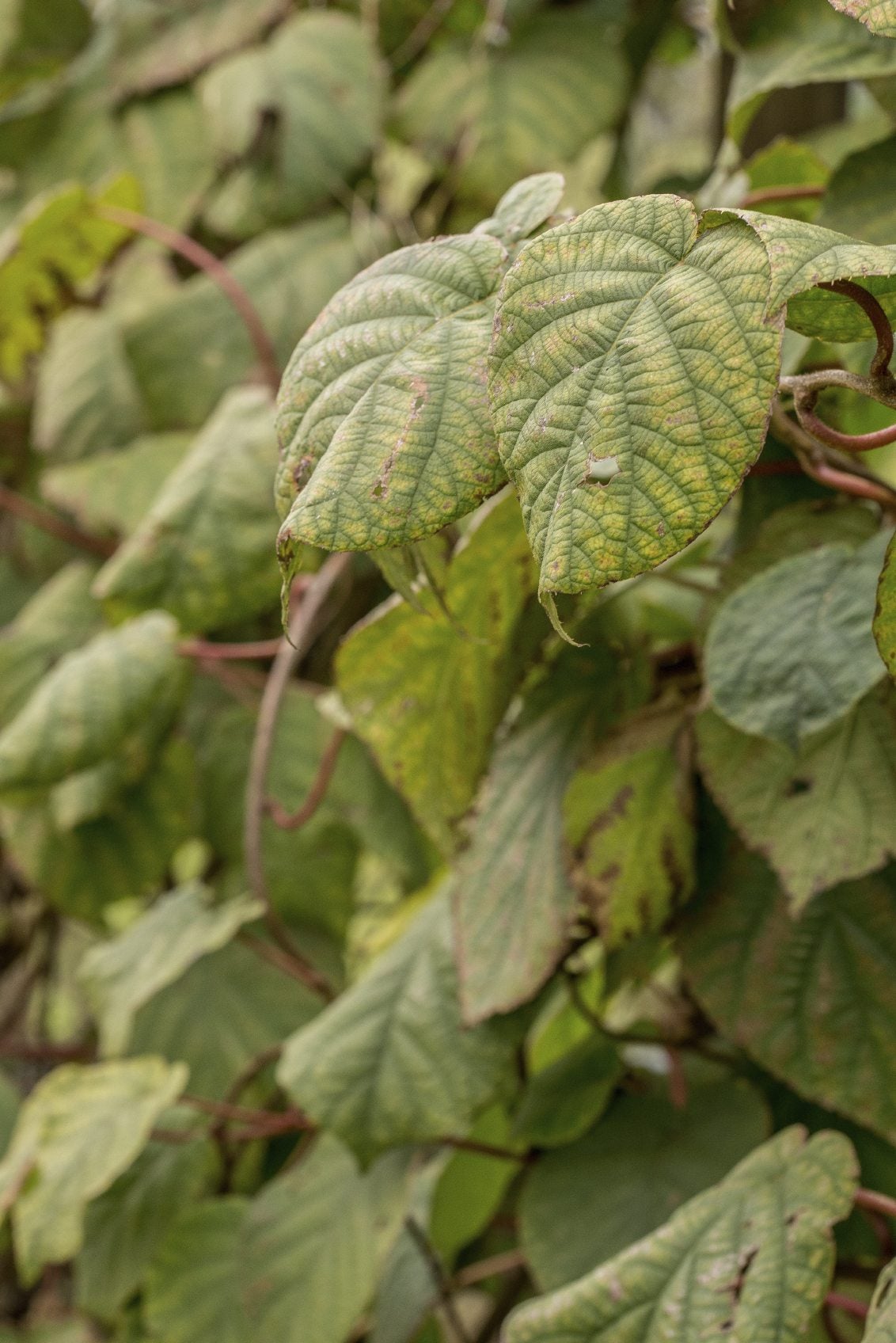
If you have ever eaten a kiwi, you know Mother Nature was in a fantastic mood. The flavor is a rainbow mix of pear, strawberry, and banana with a bit of mint thrown in. Ardent admirers of the fruit grow their own, but not without some difficulties. One of the major complaints when growing your own is a kiwi plant not producing. How then, can you get kiwi to fruit? Read on to learn more about non-fruiting kiwis.
Reasons for No Fruit on Kiwi Vine
There may be several reasons why a kiwi vine is not fruiting. The first thing to discuss is the type of kiwi planted relative to the climate. Kiwi fruit grows wild in southwestern China and was introduced to the United Kingdom, Europe, the United States, and New Zealand in the early 1900's. New Zealand has since become a major producer and exporter; hence the term “kiwi” is sometimes used in reference to its people. The kiwi grown in New Zealand and that you purchase at the grocers is a less cold hardy variety with egg-sized, fuzzy fruit (Actinidia chinensis). There is also a hardy kiwi with smaller fruit (Actinidia arguta and Actinidia kolomikta) which has been known to tolerate temperatures down to -25 degrees F. (-31 C.). While A. arguta is cold hardy, both may be affected by extreme cold. Spring cold snaps can damage or kill the tender new shoots, thus resulting in a kiwi plant that is not producing. Successful kiwi production requires about 220 frost-free days. Young plants should be protected from trunk injury during cold periods. The trunk hardens as it ages and develops a thick, protective bark layer, but the juvenile vines need assistance. Lay the plants on the ground and cover them with leaves, wrap the trunks, or use sprinklers and heaters to protect the vine from frost.
Additional Reasons for Non-Fruiting Kiwis
The second major reason for no fruit production on a kiwi vine may be due to the fact that it is dioecious. That is, kiwi vines need each other. Kiwis bear either male or female flowers but not both, so obviously you need a male plant to produce fruit. Actually, the male can satisfy up to six females. Some nurseries have hermaphroditic plants available, but production from these has been lackluster. At any rate, perhaps the non-fruiting kiwi just needs a friend of the opposite sex. Additionally, kiwi vines can live for 50 years or more, but it takes them a little time to begin producing. They may bear a few fruits in their third year and most certainly by their fourth, but it will take about eight years for a full crop. To summarize about how to get kiwi fruit to produce:
- Plant winter hardy kiwis and protect them from extreme cold, especially in the spring.
- Plant both male and female kiwi vines.
- Pack a little patience-- some things are worth waiting for.
Gardening tips, videos, info and more delivered right to your inbox!
Sign up for the Gardening Know How newsletter today and receive a free copy of our e-book "How to Grow Delicious Tomatoes".

Amy Grant has been gardening for 30 years and writing for 15. A professional chef and caterer, Amy's area of expertise is culinary gardening.
-
 Looking For Plants To Give You The Soft And Fuzzies? Try These 5 Fuzzy Leaf Plant Options
Looking For Plants To Give You The Soft And Fuzzies? Try These 5 Fuzzy Leaf Plant OptionsLovers of texture, drama, silver foliage and tactile plants will adore these special sensory garden additions. These fuzzy leaf plant options will leave you all aglow
By Susan Albert
-
 Get Ready For A Summer Of Hummers! Grow These Full Sun Hummingbird Plants and Flowers
Get Ready For A Summer Of Hummers! Grow These Full Sun Hummingbird Plants and FlowersIf you’re lucky enough to enjoy a sunny backyard, make sure you are maxing out on your pollinator opportunities and grow these full sun hummingbird plants and flowers
By Tonya Barnett
-
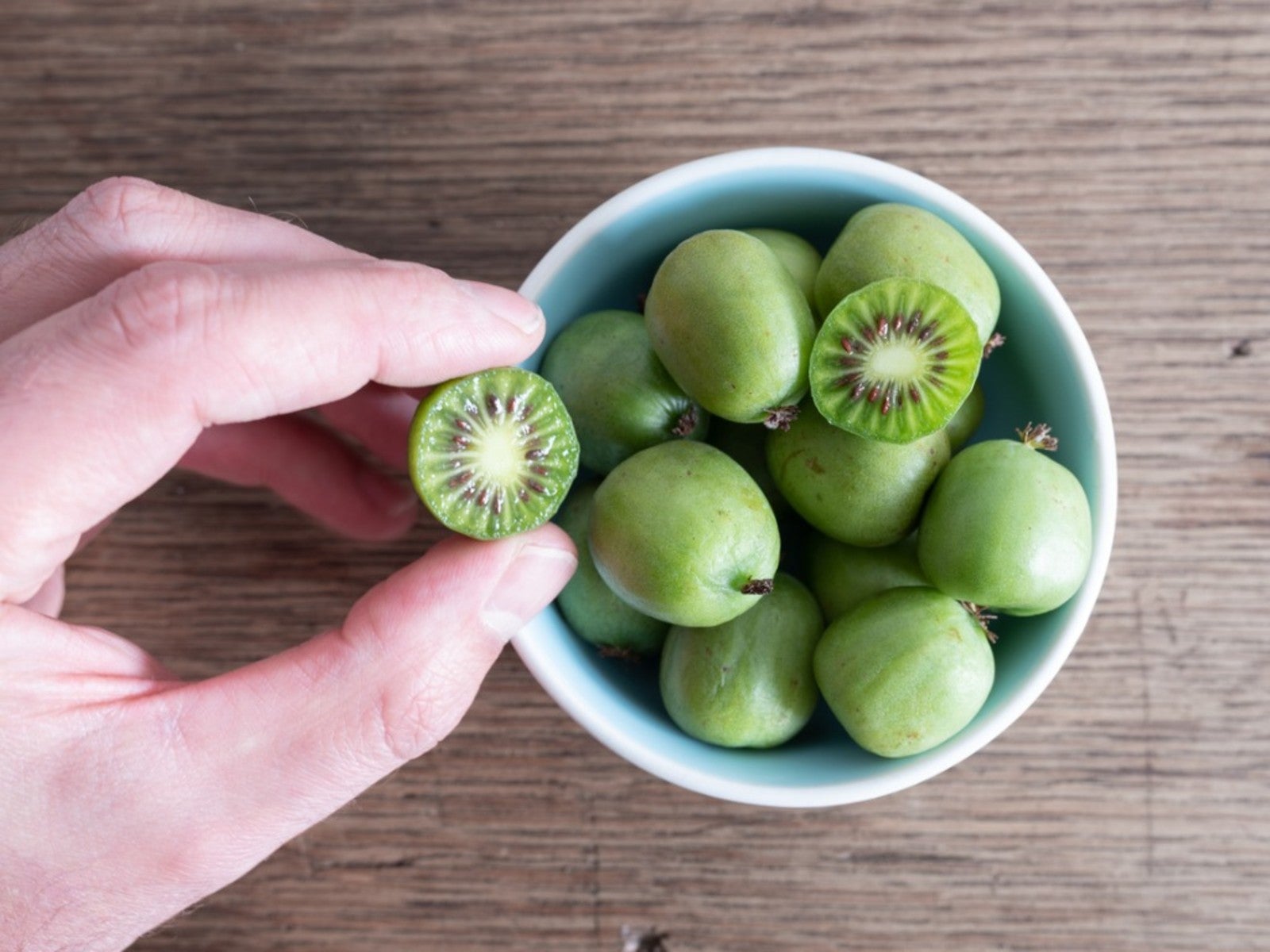 Kiwiberry Care Guide – Learn About Kiwiberry Growing Conditions
Kiwiberry Care Guide – Learn About Kiwiberry Growing ConditionsLove kiwis but wish they didn't have the fuzzy, gritty skin? Enter the kiwiberry. Read on for more info about these weird little fruits.
By Bonnie L. Grant
-
Caring For Kiwi: How To Grow Hardy Red Kiwi Fruit
Hardy Red kiwi produces grape-sized, fuzz-less fruit with an authentic kiwi flavor. For information on growing them, click the following article.
By Laura Miller
-
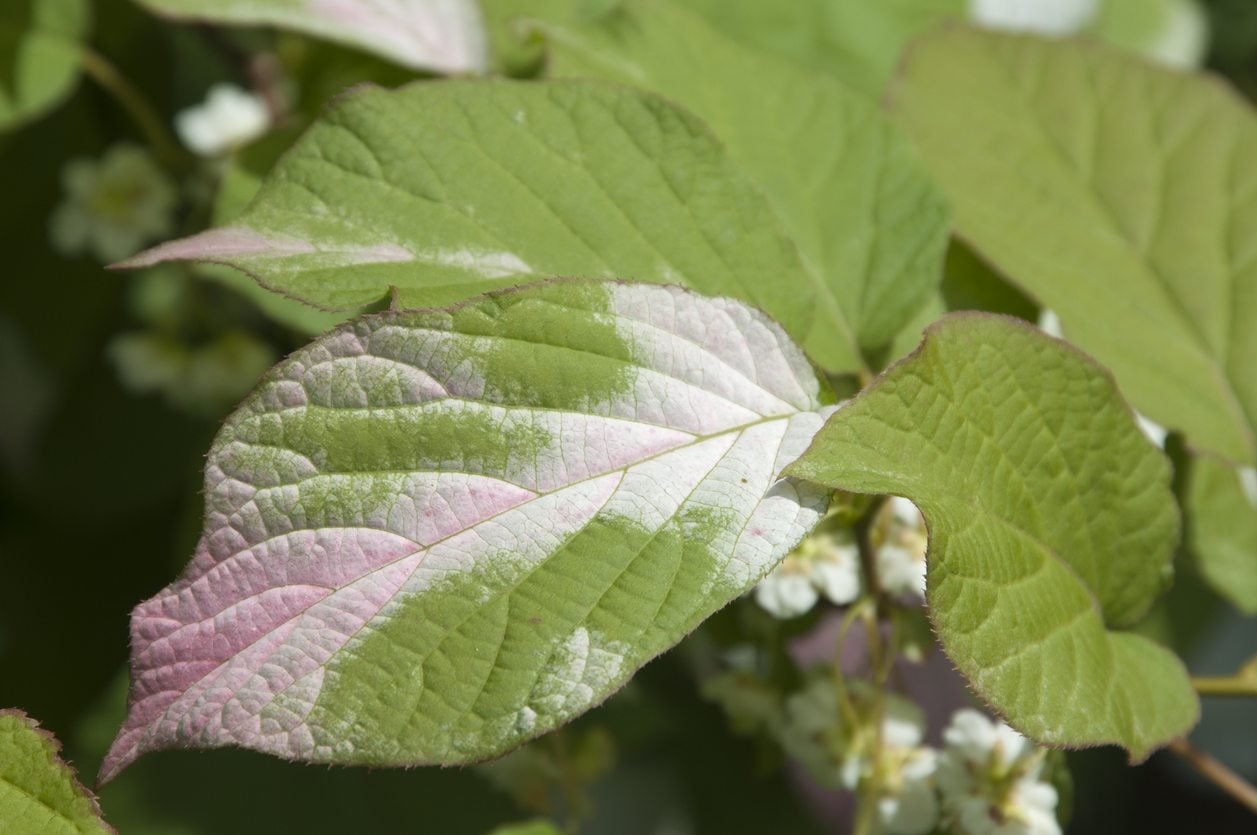 Tricolor Kiwi Information: How To Grow A Tricolor Kiwi Plant
Tricolor Kiwi Information: How To Grow A Tricolor Kiwi PlantActinidia kolomikta is a hardy kiwi vine that is commonly known as tricolor kiwi plant because of its variegated foliage. Also known as arctic kiwi, it is one of the hardiest of the kiwi vines. For tips on growing tricolor kiwi, click this article.
By Darcy Larum
-
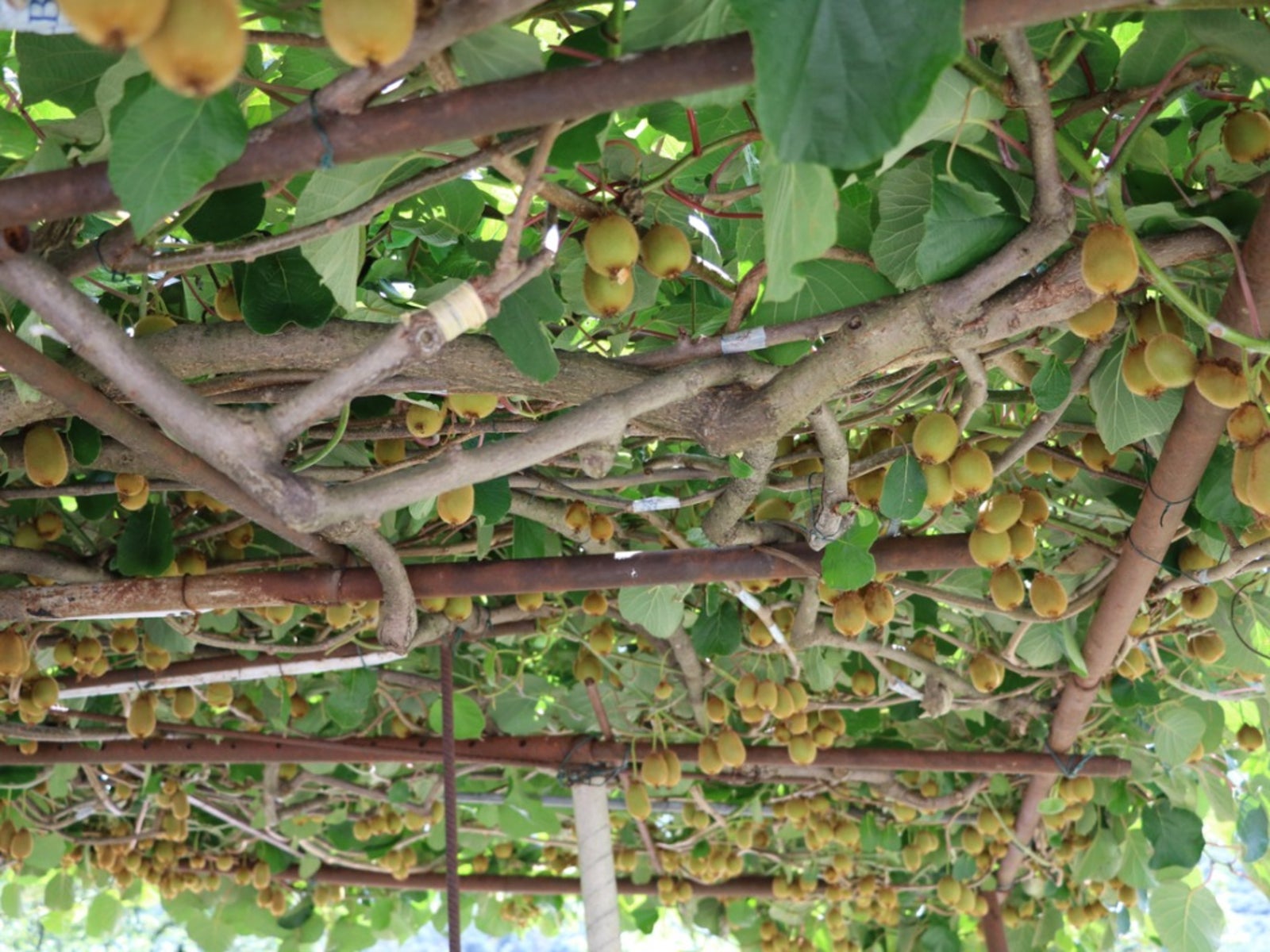 Kiwi Plant Trimming: Pruning Mature Kiwi Vines In The Garden
Kiwi Plant Trimming: Pruning Mature Kiwi Vines In The GardenRegular pruning is an essential part of caring for kiwi vines. Kiwi vines left to their own devices quickly become a tangled mess. But pruning overgrown kiwi vines is also possible if you follow simple trimming steps. This article will help.
By Teo Spengler
-
 Fruit Companion Planting: Companion Planting Around Kiwi Vines
Fruit Companion Planting: Companion Planting Around Kiwi VinesCompanions for kiwi can help the plants grow more vigorously and fruit more prolifically. Not every plant is an ideal kiwi companion plants, though. What plants make the most ideal kiwi plant companions? Click this article to learn more.
By Amy Grant
-
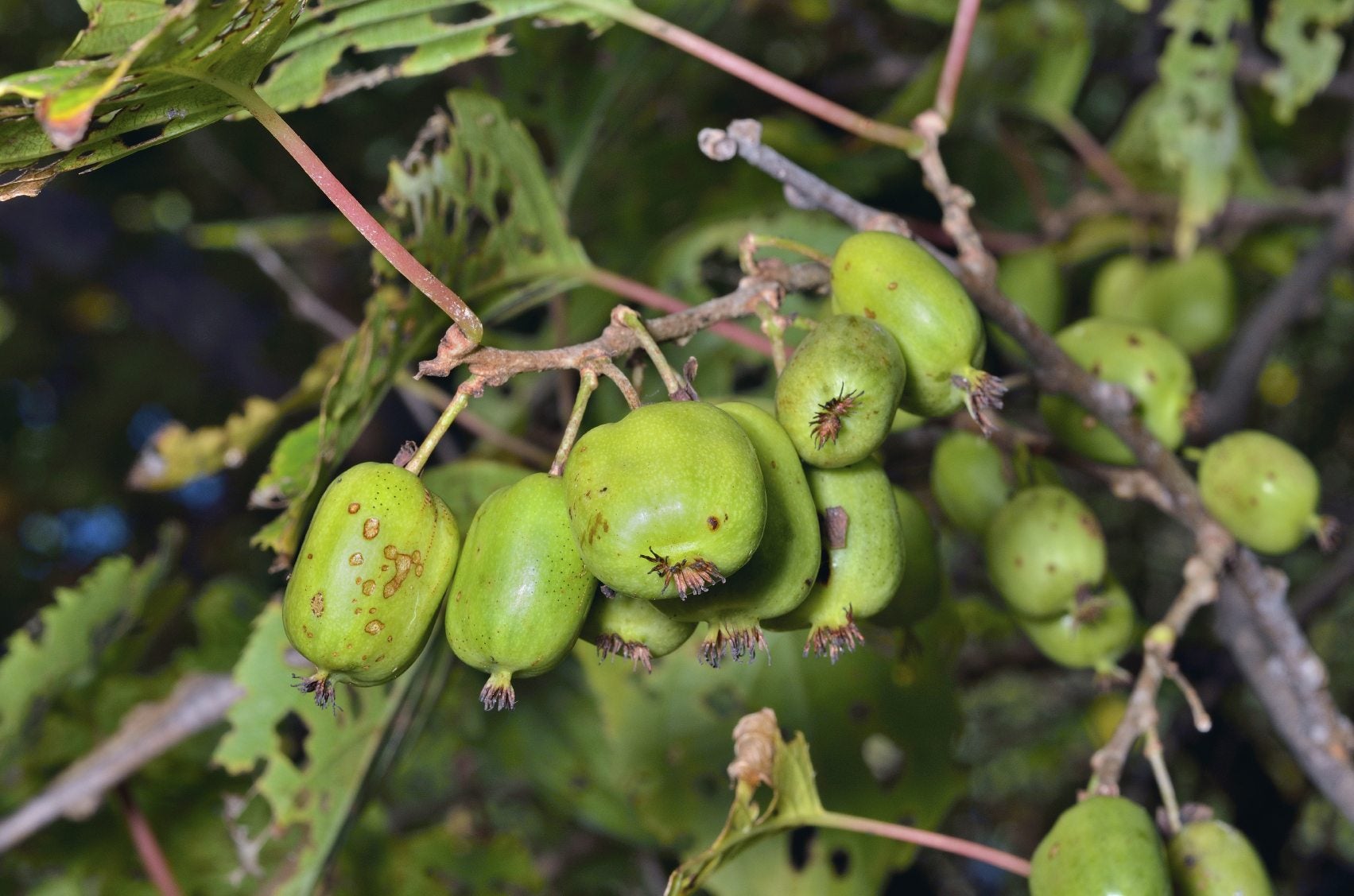 Hardy Kiwi Diseases: How To Treat A Sick Kiwi Plant
Hardy Kiwi Diseases: How To Treat A Sick Kiwi PlantWhile the kiwi plant is tough and relatively easy to grow, it can fall prey to various kiwi plant diseases. You can learn more about the diseases of kiwi and their treatment in this article. Click here for more information.
By Mary H. Dyer
-
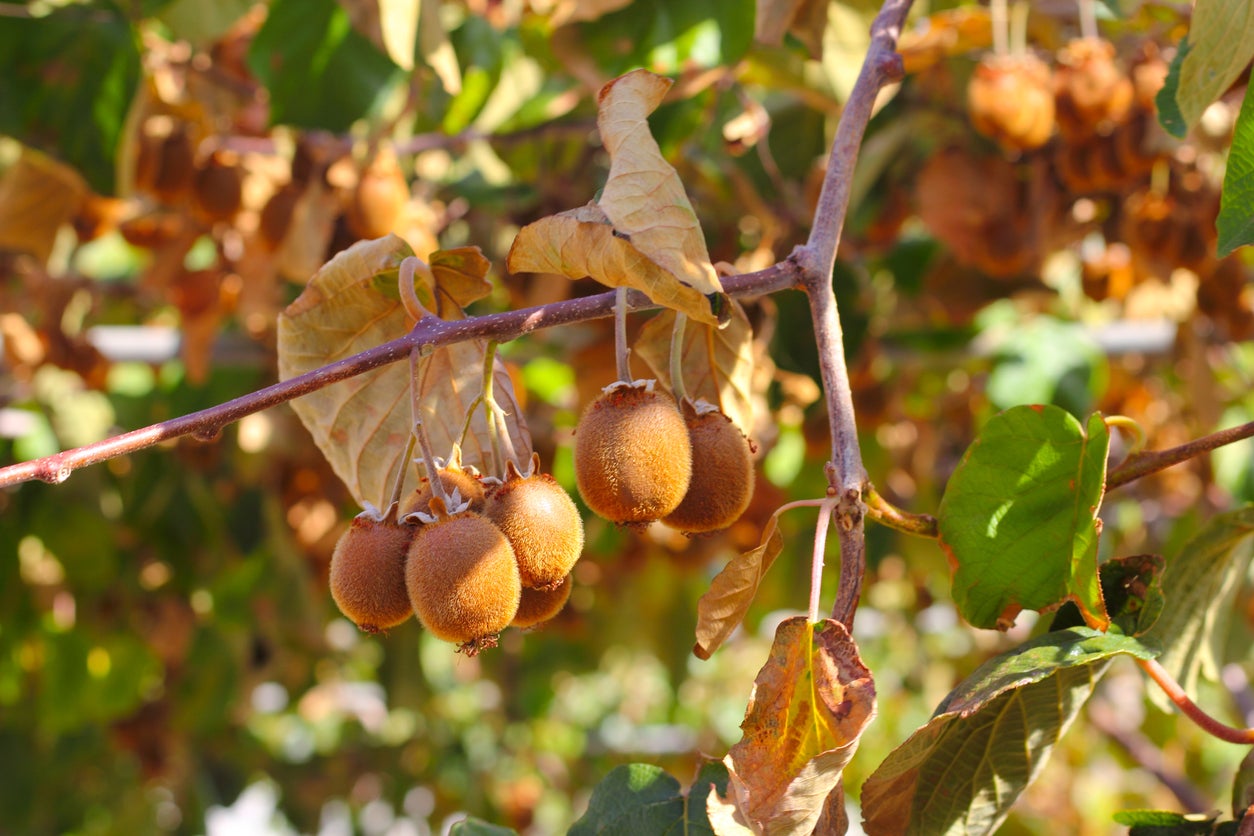 Kiwi Leaves Turn Brown – Reasons For Kiwi Vines Turning Yellow Or Brown
Kiwi Leaves Turn Brown – Reasons For Kiwi Vines Turning Yellow Or BrownHealthy kiwi leaves are a brilliant green during the growing season, and you might well become worried when your kiwi leaves turn brown or you see yellowing kiwi plants. Click this article for information about steps to take when you see kiwi leaves turning yellow.
By Teo Spengler
-
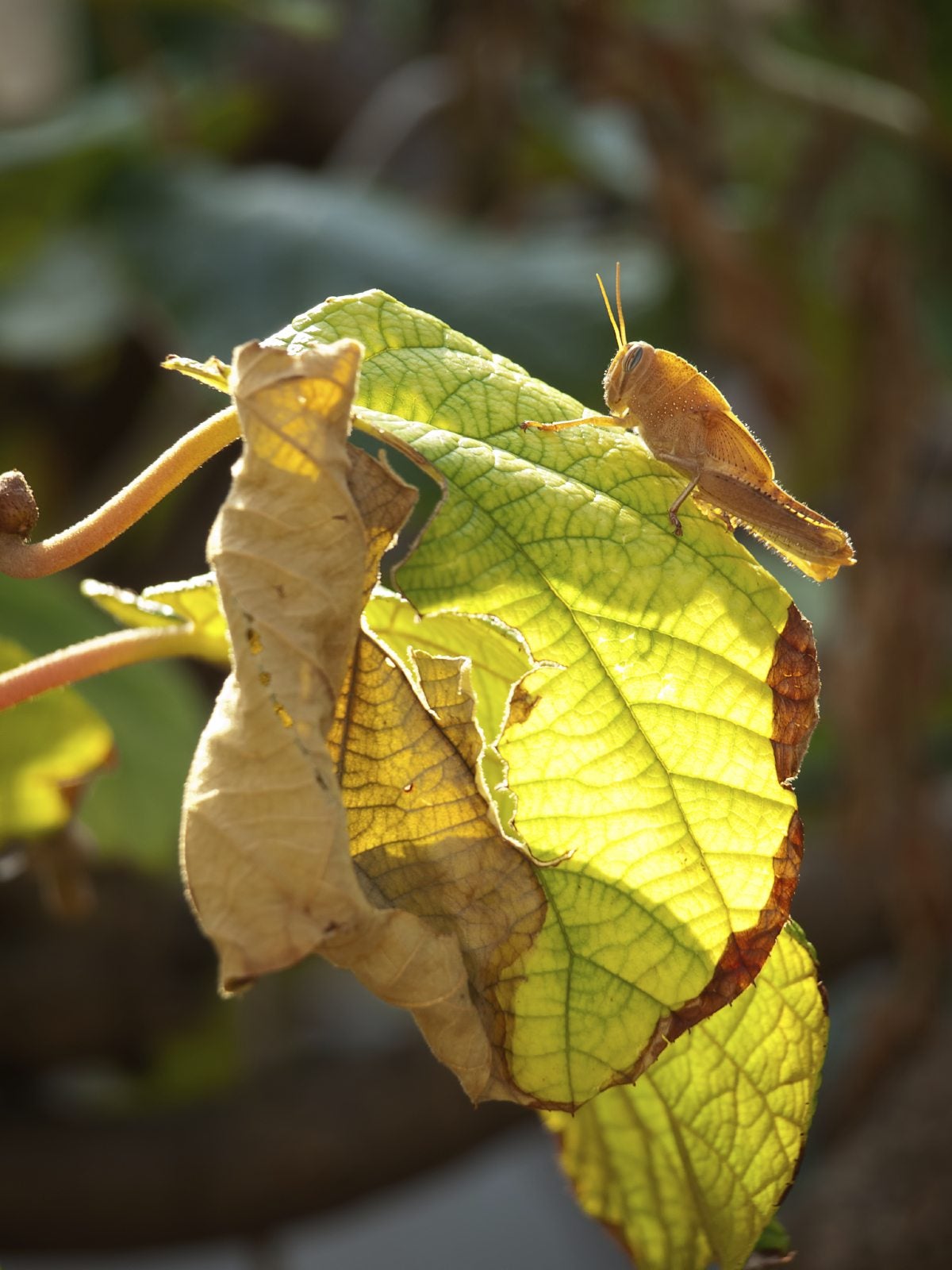 Pests Of Kiwi Vines: Information For Treating Kiwi Bugs
Pests Of Kiwi Vines: Information For Treating Kiwi BugsWhile kiwi plants are tough and relatively easy to grow, they can fall prey to various kiwi plant pests. Learn more about kiwi insects and tips for treating kiwi bugs in this article. Click here for additional information.
By Mary H. Dyer